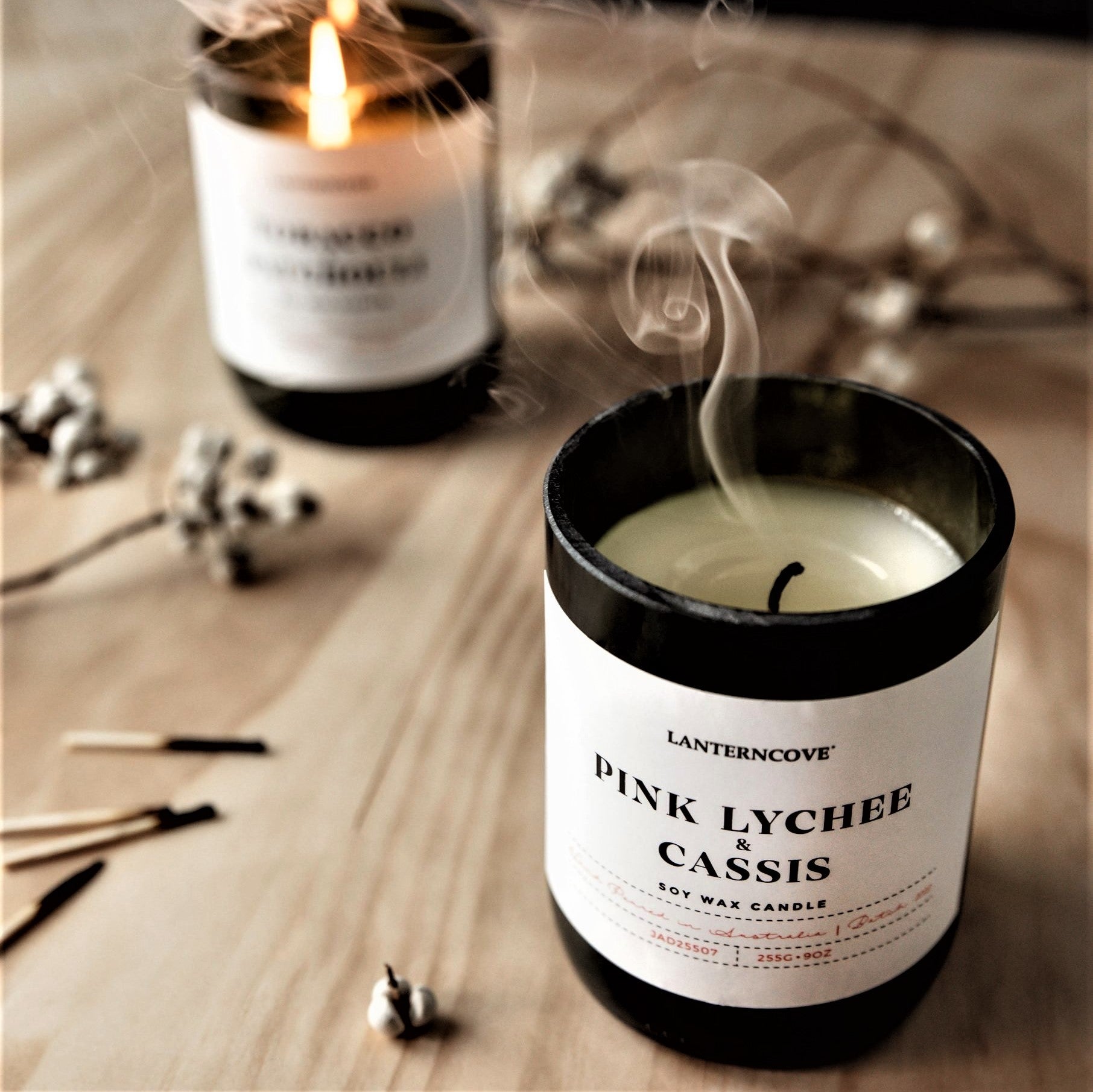Explore the World of Crystal Soy Candles and Home Fragrance Thrills
Explore the World of Crystal Soy Candles and Home Fragrance Thrills
Blog Article
From Wick to Wax: Recognizing the Chemistry Behind Soy Wax Candles and Their Environmental Impact
As we brighten our rooms with the warm glow of candles, there exists a world of elaborate chemistry behind the relatively basic act of lighting a soy wax candle light. Join us as we untangle the clinical complexities behind soy wax candle lights and explore their effects on our environment.
Soy Wax Vs. Paraffin Wax
When comparing soy wax and paraffin wax for candle light production, it is important to recognize the distinct qualities and advantages of each product. Soy wax is a natural, eco-friendly source obtained from soybean oil, making it naturally degradable and environmentally friendly - soy wax candles. On the other hand, paraffin wax is a result of petroleum refining, which raises problems regarding its environmental impact and sustainability
Soy wax candles shed cleaner and send out much less residue contrasted to paraffin wax candles, making them a healthier choice for indoor air high quality. In addition, soy wax has a reduced melting factor, permitting a longer-lasting candle light that distributes scent a lot more effectively. Paraffin wax, on the other hand, tends to shed faster and much less easily, possibly launching damaging chemicals into the air.
From a sustainability point of view, soy wax is preferred for its biodegradability and eco-friendly sourcing, aligning with the growing consumer choice for ecologically conscious items. While paraffin wax has been a standard option in candle making as a result of its price and convenience of use, the change in the direction of green choices like soy wax is obtaining momentum in the industry.
Chemical Composition of Soy Wax

Burning Process in Soy Candles
The chemical make-up of soy wax straight affects the combustion process in soy candle lights, impacting aspects such as shed time, scent release, and ecological effect. When a soy candle is lit, the warmth from the fire melts the wax near the wick.
The combustion effectiveness of soy candles is affected by the pureness of the soy wax and the top quality of the wick. Additionally, soy wax candles have a lower ecological effect contrasted to paraffin candles due to their biodegradable and eco-friendly nature.

Environmental Advantages of Soy Wax

Taken into consideration a sustainable option to traditional paraffin wax, soy wax provides significant ecological benefits that make it a preferred option among eco-conscious consumers. Soy wax burns official website cleaner and creates much less soot than paraffin wax, contributing to far better indoor air high quality and lowering the need for cleaning and maintenance. Generally, the environmental advantages of soy wax align with the growing demand for sustainable and green products in the market.
Recycling and Disposal Factors To Consider
Recycling and correct disposal of soy wax candles play a vital function in keeping ecological sustainability and reducing waste in homes and areas. When it comes to reusing soy wax candle lights, the pop over to this site initial action is to make certain that the candle has actually burned completely.

In regards to disposal, if recycling is not an option, soy wax candle lights are naturally degradable and can be safely gotten rid of in the majority of home waste systems. It is always recommended to examine with local reusing facilities or waste monitoring services for details guidelines on candle light disposal to guarantee appropriate handling and environmental security.
Final Thought
In final thought, the chemistry behind soy wax candles reveals their environmental advantages over paraffin wax candles. Soy wax, acquired from soybean oil, burns cleaner and creates less residue when compared to paraffin wax.
When comparing soy wax and paraffin wax for candle light making, it is essential to understand the distinctive qualities and advantages of each material (soy wax candles).Soy wax candles burn cleaner and send out much less residue contrasted to paraffin wax candles, making them a healthier option for interior air quality.Thought about a lasting alternative to typical paraffin wax, soy wax uses remarkable environmental advantages that make it a prominent selection amongst eco-conscious customers. Soy wax burns cleaner and creates less residue than paraffin wax, adding to much better interior air high quality and lowering the need for cleaning and maintenance.In final thought, the chemistry behind soy wax candles exposes their environmental advantages over paraffin wax candle lights
Report this page